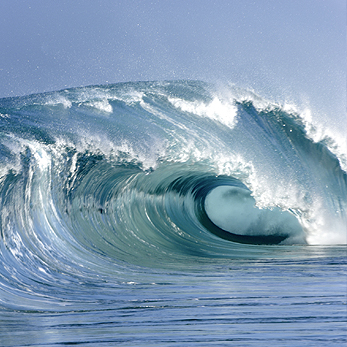Region III – Celtic Seas
Region III ranges from being fully oceanic at the shelf break to the west of Ireland, through the relatively shallow semi-enclosed Irish Sea, to the brackish estuarine systems along the west coast of the UK. The overall movement of water is from south to north, continuing the North Atlantic Current flow into the North Sea and Norwegian Sea.
Region III mainly corresponds to the Boreal-Lusitanean biogeographic zone, but with the Irish Sea more closely aligned to the Boreal zone. This is reflected by the spring bloom in the Irish Sea taking place about a month earlier than in the open shelf waters to the north and south, although there is strong variability between years. The Region has a wide range of coastal and seabed habitats, including sea lochs and estuaries, with diverse biological communities that include many commercially important species. The Region is at the southern limit of the distribution range for some cold-water species, such as herring and cod, while some warm-water species, such as sea bass and sardine, come up from the south. There are also important seabird areas and the waters to the south and west of Ireland support a variety of cetaceans, including common dolphins and a resident population of bottlenose dolphins in the Shannon Estuary. Region III, and with the northern part of Region II, supports a high proportion of the North-East Atlantic’s sea-pen and burrowing megafauna communities, where soft coral sea-pens coexist with large shrimps burrowing in muddy sediments. These occur in sheltered areas such as sea lochs or on the deeper parts of the shelf.

